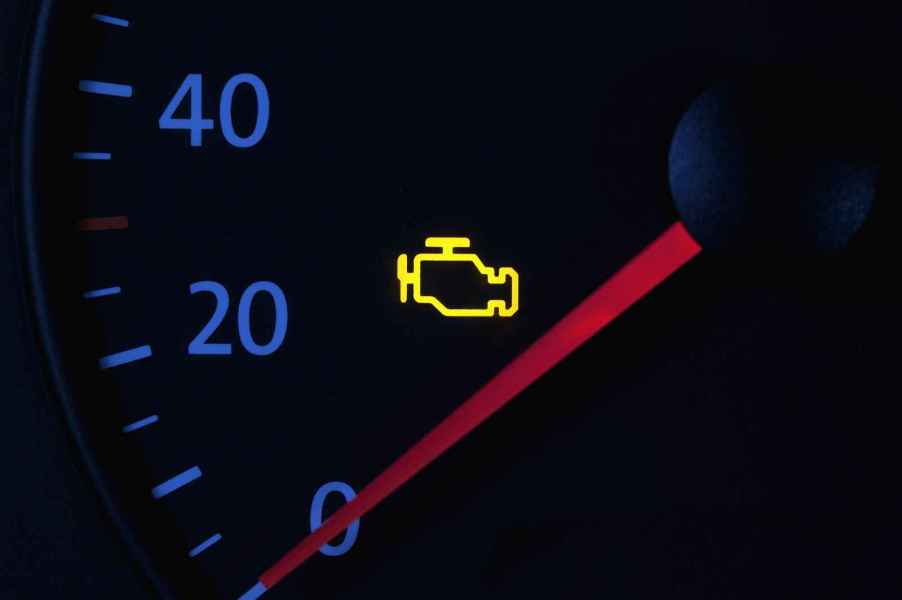
If your ‘check engine’ light is flashing, pull over immediately
The internet is full of car jokes involving check engine lights. Drivers accustomed to a solid warning light without a performance issue sometimes even cover it up to avoid being reminded of it every time they drive (it’s not my style, though). Indeed, a solid check engine light means your vehicle needs some sort of service “in the near future.” If your engine warning light starts blinking, though, don’t ignore it. That flashing symbol is your car’s way of waving an even bigger red flag. What should you do in this scenario? The short answer: seriously, just pull over immediately.
With the check engine light flashing, it usually means there’s a problem risking major – even permanent – damage. It could be something like a heavy misfire. This can happen when a component providing fuel, spark, air, or compression isn’t working right and causes a big ol’ hiccup in driveability. Continuing on with a bad misfire can damage other parts of your engine, including sending unburned fuel into the catalytic converter, leading to even costlier repair.
Another cause could be the catalytic converter failing on its own. In some instances, at the shop I used to work for, a customer had a clogged catalytic converter. This is when the ceramic and precious metal “honeycomb” inside the converter broke down and twisted about, causing a blockage. The check engine light will blink rapidly to warn the driver of the converter damage. This is because the backpressure from the exhaust system being unable to vent through the converter might ultimately blow the engine. And converters aren’t cheap on their own, either.
All told, there a many reasons the engine light could start flashing. There’s a very thorough video posted by Shadetree Automotive explaining different causes I’ll include here:
The longer you drive with the blinking, the more likely you’ll cause severe (read: expensive) damage. That’s why pulling over is crucial. Don’t risk driving any further. It’s best to call for a tow to a trusted repair facility. The shop will scan the engine computer for fault codes. Then, the team will follow the appropriate flow chart for testing the flagged vehicle system.
Quickly ending a drive cycle with a check engine light flashing can mean the difference between a few hundred dollars and a few thousand. Believe me, it’s worth it to stop right away.



